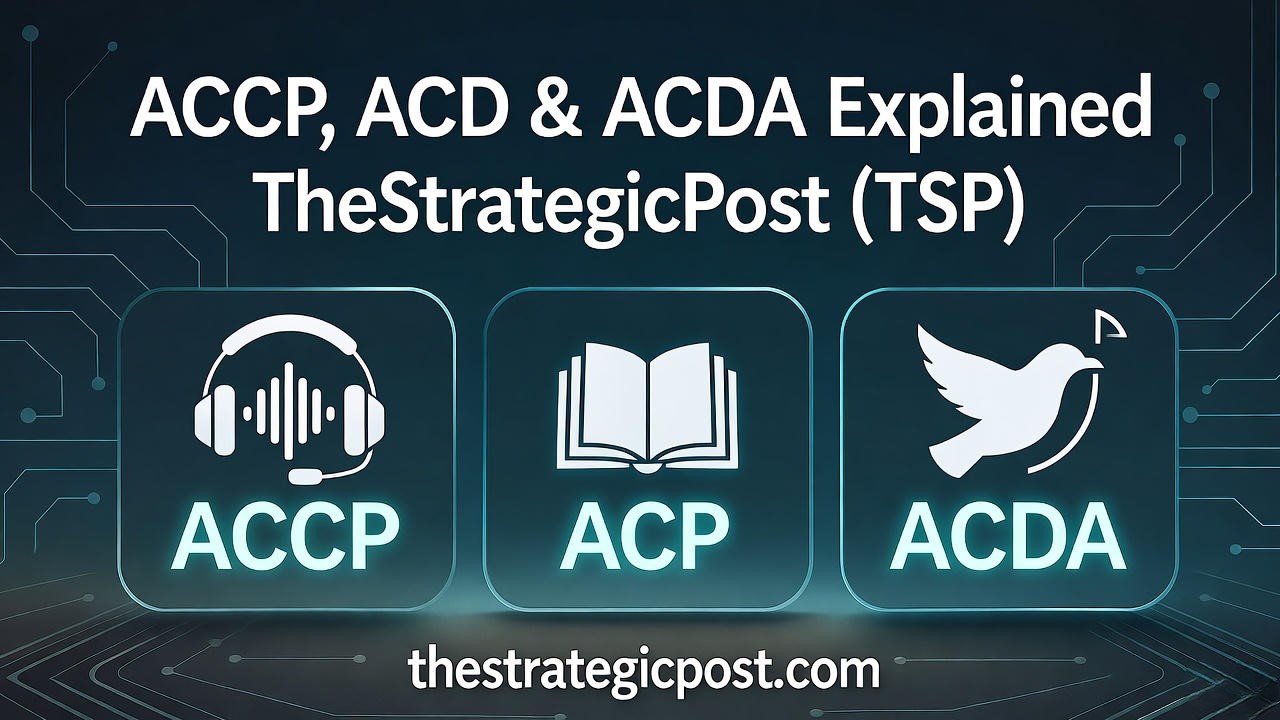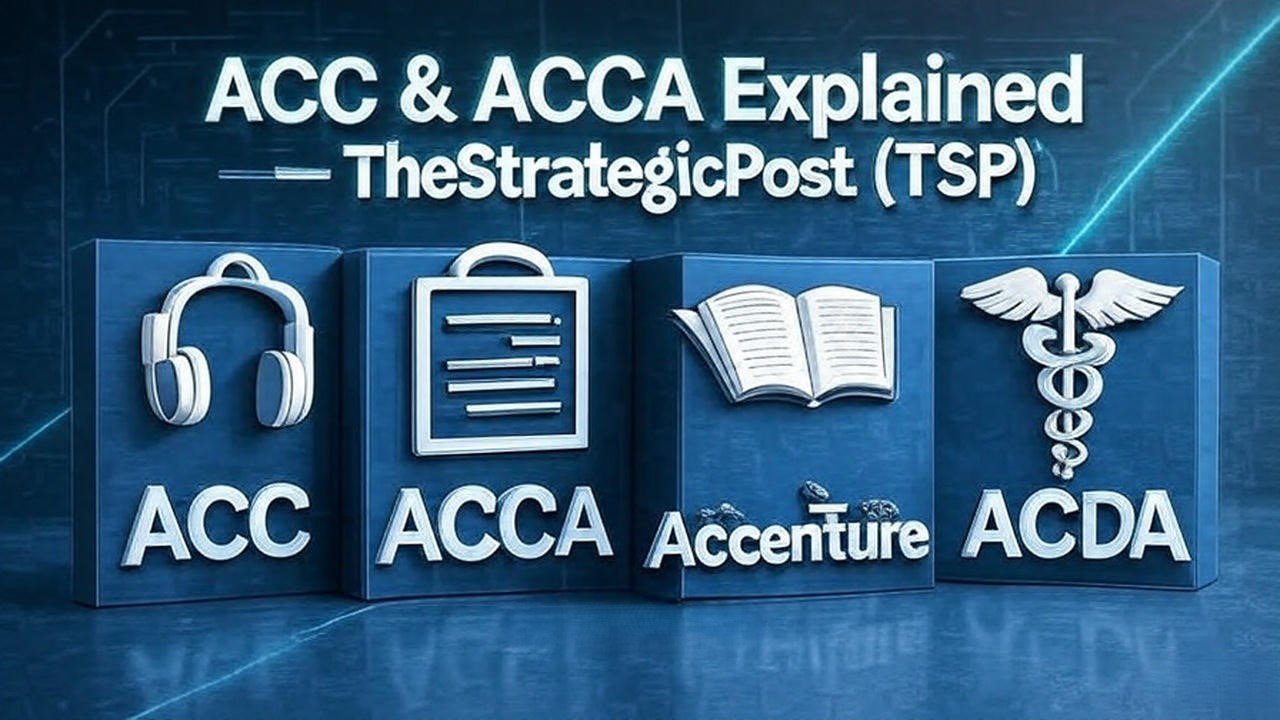Table of Contents
KPI Full Form & Meaning: Everything You Need to Know
Ever wondered what KPI full form is and why it’s everywhere in business discussions? In simple terms, KPI stands for Key Performance Indicator — a powerful tool that helps organizations measure their success. In this blog, we’ll unpack the full form, dig into the meaning, explore types, show how to build effective ones, and share real examples. Whether you’re a student, manager, or just curious, this guide will clear all your doubts.
What Does KPI Stand For?
- K = Key
- P = Performance
- I = Indicator
So, KPI means Key Performance Indicator — a quantifiable measure used to evaluate how well an organization (or part of it) is achieving its key business objectives.
Why KPIs Matter
KPIs are not just numbers on a dashboard. They serve as the compass for institutions to stay aligned with strategy. Here’s why they are important:
- They help organizations track progress toward critical goals.
- They promote accountability by assigning responsibility.
- They guide data-driven decisions, telling you when to pivot or push harder.
- They strengthen alignment across departments — everyone understands what success looks like.
- They highlight strengths and weaknesses so you can improve continuously.
KPI vs Metric — What’s the Difference?
It’s common to mix up metrics and KPIs, but they are distinct:
- Metric: Any measurement or data point you track (e.g. number of website visits, cost per click).
- KPI: A metric that has strategic importance — it directly ties to your most important goals.
For example, monthly revenue is a KPI for a business, but webpage load time might just be a metric (unless performance is part of your core goals).
Types of KPIs
Depending on the nature and purpose, KPIs can be categorized as:
1. Strategic KPIs
These monitor high-level goals like profitability, market share, or growth rate.
2. Operational or Tactical KPIs
These support day-to-day activities — e.g. average response time, production throughput.
3. Leading vs. Lagging KPIs
- Leading KPIs predict future performance (e.g. number of new leads).
- Lagging KPIs reflect what’s already happened (e.g. last quarter’s revenue).
4. Qualitative vs Quantitative KPIs
- Quantitative ones are numeric (e.g. sales growth, error rate).
- Qualitative ones are descriptive (e.g. customer satisfaction rating, quality assessments).
5. Input, Output, Process Indicators
- Input KPIs measure resources used (e.g. budget spent).
- Output KPIs measure results (e.g. number of units sold).
- Process KPIs assess how efficiently a process runs (e.g. time to fulfill an order).
How to Build Effective KPIs — Step by Step
Here’s a simple roadmap to create KPIs that actually work:
- Clarify your strategic goals
Identify what outcomes are most important for your organization this year. - Pick a few critical areas
Don’t overdo it. Choose 3–7 KPIs that reflect the essential drivers of success. - Make them SMART
- Specific
- Measurable
- Achievable
- Relevant
- Time-bound
- Define data sources & ownership
Decide where the data comes from and who is responsible for tracking. - Set targets or thresholds
Choose realistic benchmarks or goals against which performance will be judged. - Monitor, review & adjust
KPIs aren’t static. Review periodically and refine them as business conditions change. - Communicate and display
Share KPIs with teams — dashboards, visual boards, or regular reports keep them alive.
Real KPI Examples by Department
- Sales
- Monthly revenue
- Conversion rate
- Average deal size
- Marketing
- Lead-to-customer rate
- Cost per acquisition
- Social media engagement rate
- Customer Support / Service
- First response time
- Customer satisfaction score
- Ticket resolution rate
- Operations / Logistics
- Order fulfillment time
- Production defect rate
- Finance
- Net profit margin
- Return on investment (ROI)
Challenges & Pitfalls of KPIs (And How to Overcome Them)
Even though KPIs are powerful, many organizations fail due to:
- Tracking too many KPIs → results in confusion and dilution
- Choosing irrelevant ones → they must tie to strategy
- Lack of accountability → no one owns the KPI
- Ignoring early signs → leading indicators get neglected
- Data quality issues → unreliable or inconsistent data gives misleading insights
To fix this, always focus on a lean set, ensure you have data integrity, assign ownership, and review regularly.
KPI Full Form — FAQ
Q1: What is the full form of KPI?
A: KPI stands for Key Performance Indicator.
Q2: Are metrics and KPIs the same thing?
A: No — all KPIs are metrics, but not all metrics become KPIs. KPIs are those metrics tied to your core objectives.
Q3: How many KPIs should a business track?
A: Usually between 3 to 7 KPIs. Too many make focus blurry.
Q4: What’s the difference between leading and lagging KPIs?
A: Leading metrics predict future performance; lagging ones reflect past results.
Q5: Can qualitative data be a KPI?
A: Yes, when that qualitative aspect is vital — e.g. customer satisfaction or brand sentiment.
Conclusion & Call to Action
Understanding KPI full form is more than just knowing the words; it’s about embracing a strategic mindset for measurement and progress. A well-defined KPI system helps you stay grounded in reality, push forward with clear direction, and make decisions with confidence.
If you’re looking to master performance measurement — in business, education, marketing, or operations — keep this guide as a reference. And if you want more insightful articles on business and career growth, visit our main blog for fresh updates.
Sources:
- BYJU’s (KPI Full Form)
- GeeksforGeeks (KPI Meaning & Types)
- Business News Daily (KPI Examples)
- Geckoboard (KPI Guide)
- Klipfolio (KPI Importance)







